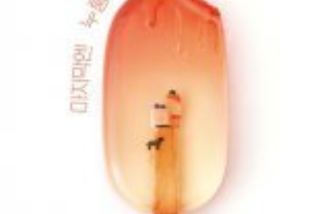[Opinon] Dredge up Han River bed for water control
[Opinon] Dredge up Han River bed for water control
Posted August. 02, 2000 20:09,
The government`s policies for water management reflect the same old, stereotyped programs: construction of dams and dykes to prevent flooding; building of reservoirs to hold waters in order to meet the shortage; and, extended installation of purification facilities to improve degrading water qualities.
The government programs are mainly geared to extended installations of preventive facilities. But, such extended facilities alone are far too short of resolving our chronic problems of flood prevention, water shortage, and water degradation. Because the Han river and its streams are utterly desolated and ruined due to the thick river drift and the enormous accumulation of earth and sand from the upstream slopes to down reaches of the Han river bed. Besides, such programs require inordinate amount of spending for water management. The policies could also result in the wasting of lands due to the land development for the increased facilities.
The losses and damages from flooding can be reduced if the accumulated earth and sand at the Han river bed and its streams are scooped up. The dredging up of the river drift and the restoration of the river`s natural and original conditions can better help control than the dams can to lower the levels of flooding water. The river`s deepened depth by the dredging will enable the river to hold more waters to meet the shortage.
The river`s greater quantity of flowing water could dilute better the river`s polluted waters as to improve their qualities due to its enhanced purifying function.
The Han river largely relies on its many dams, such as Hawchon, Chungpyong, Chunchon, Euam, Soyang, Paldang and Chungjoo, to hold some 8 billion square meters of waters for use. Its capacity to control the water holdings ranges around some 1.4 billion square meters of waters. But, the chronic flooding and damages are not reduced. Because the accumulated earth and river drift at the river bed make the river almost level with adjacent villages and farms.
During drought spells in particular, all the water has sunk into the ground as to make the river a brook and the river`s streams become completely dried. Hardly can we see any flowing water both in the river and the streams except the small quantity of water in the river`s downstream.
The brook-turned river`s water qualities easily get deteriorated by the little inflow of the polluted water. The inflow of sewage waters into the dried river and the streams makes the river bed a cesspool and a ditch, which in turn deteriorates the underground wells in the adjacent areas. The summer drought spells produce green algae in the river and the sudden inflow of rain falls into such river streams cause to result in the killing of fish en masse.
Some 400 billion square meters of underground waters are preserved in the Han river valleys. Approximately 5.3 billion square meters of waters from annual rain falls have sunk into the ground. By dredging up the river bed in its upper valleys deeper than the levels of underground waters, we can make the Han river hold enough and fresh waters as well as its streams. This will surely resolve the problem of our water shortage now and for the future.







